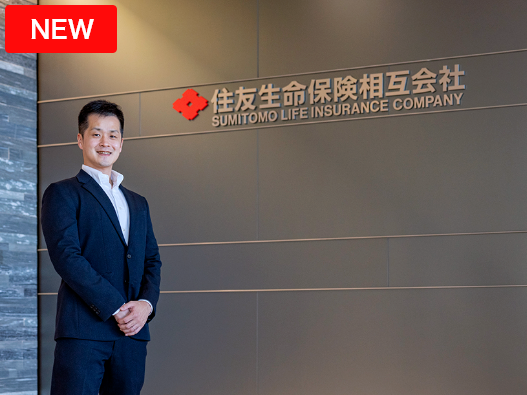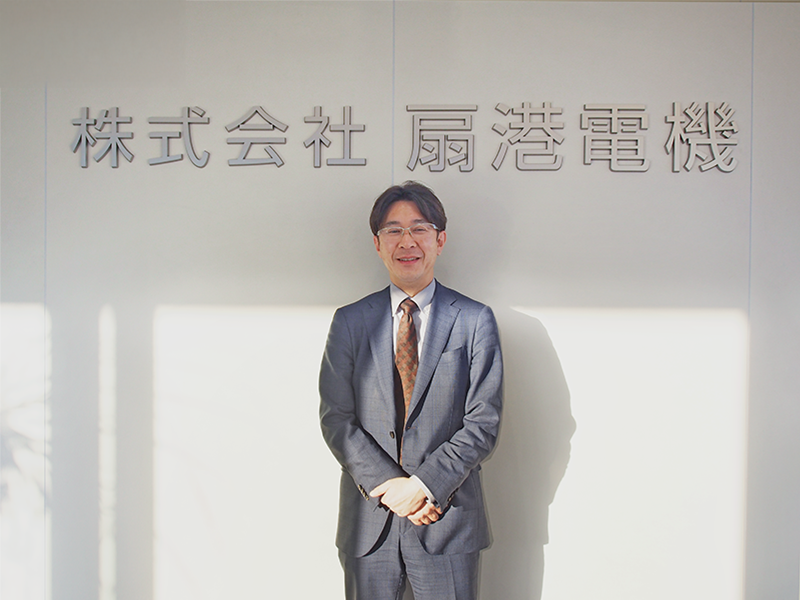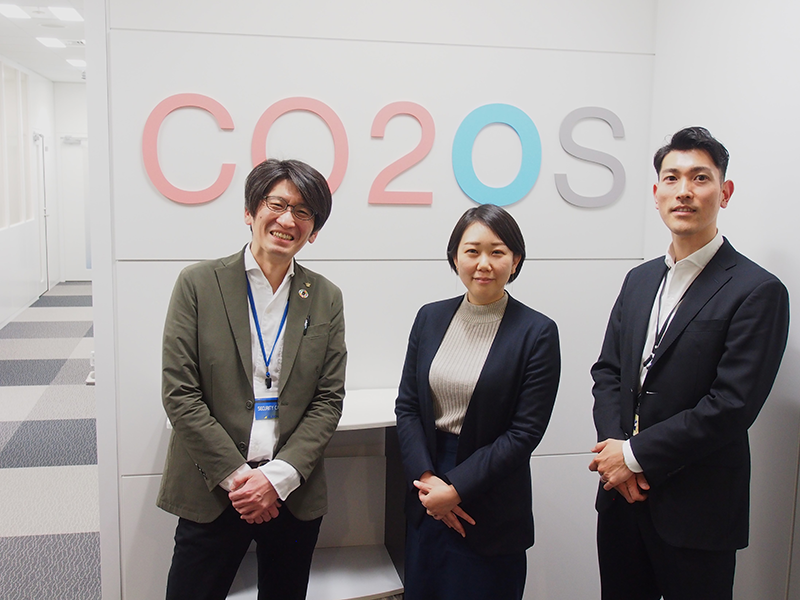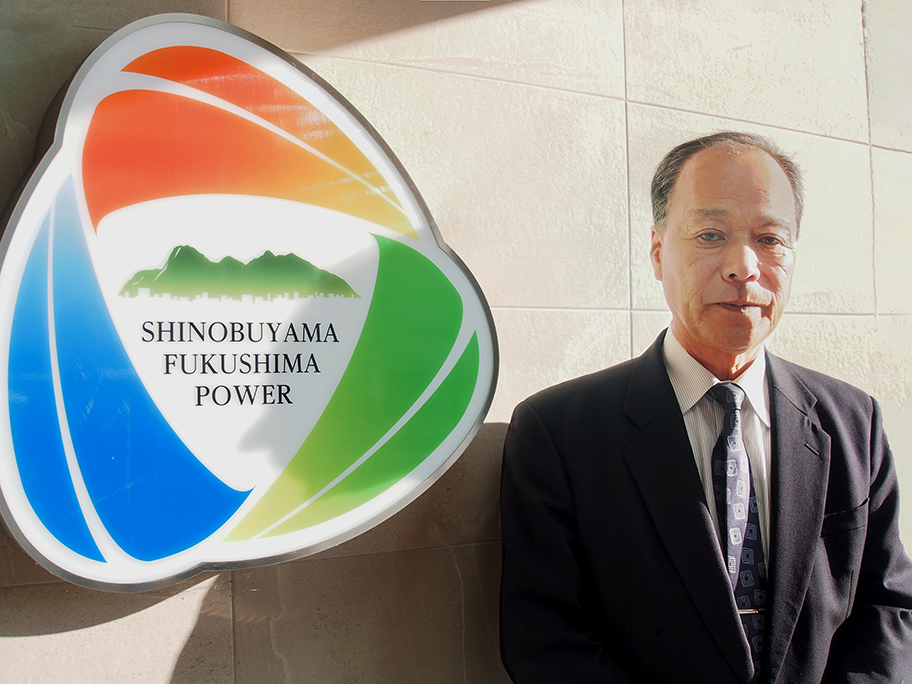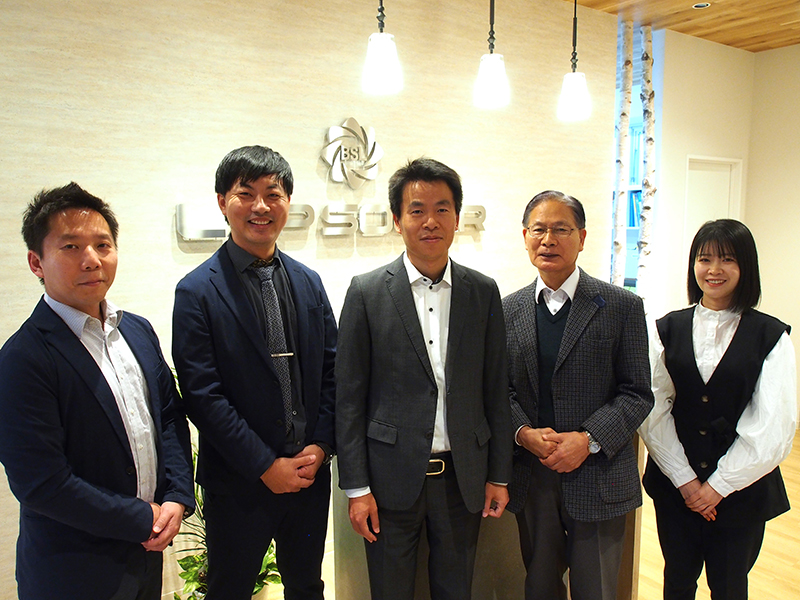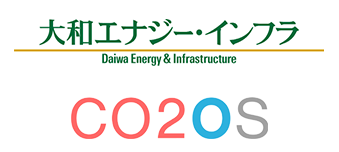Overview of Service
"Renewable energy aggregation service" is a service to support renewable energy power generation companies. Aggregators bundle various non-FIT power stations and conduct collective transactions. Specifically, to realize the "same period, same quantity" (a scheme to balance supply and demand), we provide necessary services, mitigate the "imbalance risk," help to issue electricity and non-fossil fuel certificates, and last but not least, support the matching of buyers and sellers.
Social background
Japan aims to achieve carbon neutrality by 2050. In particular, as 37% of the CO2 emissions come from electricity generation, we plan to expand and shift our focus to renewable energy to address the issue. Initiatives include the introduction of the Feed-in Tariff (FIT) system in 2012, which promotes the renewable energy business by power generation companies. Furthermore, as part of the effort to make electricity a main power source, the FIP (Feed in Premium) was launched in April 2022; initiatives regarding the Non-FIT also began.
Exhibition: Created based on "Data from the Greenhouse Gas Inventory Office of the National Institute for Environmental Studies (Japan's provisional greenhouse emission data during 1990 and 2022)"
Challenges for power generation businesses
As power generation companies, we were required to assume different roles and numerous challenges arose when we started handling Non-FIT electricity. Some common issues during the consideration stage included "anxiety towards expanding an originally stable business" and "difficulty catching up with updates to regulations." Furthermore, as the business progressed, additional obstacles emerged. For example, the need for "managing multiple power areas," "negotiating long-term contracts," "finding buyers for electricity," and "navigating the application process for subsidies."
What is non-FIT electricity?
Non-FIT electricity refers to electricity derived from renewable energy sources that have not been certified as FIT by the government, or for which the certification period has expired. More than 10 years have passed since the launch of the FIT scheme, and the government is now steering away from FIT, which focused on increasing renewable energy sources, to subsidizing FIP and off-site PPA, which aim to operate independently as main power sources. As such, the use of non-FIT electricity is expected to become more widespread in the future.
Unlike FIT electricity, for which the government guarantees the feed-in tariff for 20 years, non-FIT electricity requires power producers to stabilize and improve earnings on their own.
Differences between FIT and non-FIT
There are two main differences between FIT and non-FIT:
| Difference | FIT | Non-FIT |
|---|---|---|
| Electricity and non-fossil value purchasers |
|
|
| Responsibility for balancing |
|
|
| Difference | FIT | Non-FIT |
|---|---|---|
| Electricity and non-fossil value purchasers |
|
|
| Responsibility for balancing |
|
|
- Under the balancing system, the power producer must submit the power generation and sales plan for the previous day to the OCCTO (Organization for Cross-regional Coordination of Transmission Operators) and match it with the actual results for the following day. If there is a discrepancy between planned and actual values, the cost of compensation (imbalance cost) must be reimbursed by the power producer afterwards.
Benefits of non-FIT
Non-FIT has the following advantages.
1. Potential to sell electricity at a higher price than with FIT
With FIT, revenue from electricity sales is at a fixed unit price, whereas with FIP, revenue may improve when market prices rise. In addition, bilateral contracts may provide higher revenues than the FIT price.
2. Power producers can sell non-fossil certificates themselves
Under FIT, non-fossil certificates are owned by the Transmission & Distribution System Operator and cannot be sold directly to retail electricity providers or consumers, but non-FIT non-fossil certificates can be sold directly by the power generation companies. Retail electricity providers that have obligations to meet under the Act on Sophisticated Methods of Energy Supply Structures and consumers with RE100 achievement targets have a strong need to purchase non-FIT non-fossil certificates on a long-term, stable basis, which can potentially lead to increased revenues.
3. Subsidies are available (for new construction)
The government provides subsidies for new installation of power sources under off-site PPAs (Consumer-Driven PV Generation Installation Promotion Program) to promote the independent introduction and expansion of renewable energy. This provides a subsidy of 1/2 (or 2/3 in the case of municipal partnerships) will be provided for the solar power generation equipment to be installed.
4. Potential to increase revenues through subsequent installation of storage batteries
Under FIT, if storage batteries are installed after the FIT has been certified, a change in FIT certification is required and the FIT price is revised to the latest price, whereas under the FIP scheme, this requirement is relaxed. The FIP scheme also allows for using storage batteries to shift the time of day when electricity is sold, thereby increasing premiums as well as revenues from the sale of electricity in the market. Subsidies may also be available for storage batteries installed alongside renewable energy.
Toshiba's renewable energy aggregation services
As an aggregator, we operated a power generation balancing group that bundles various power generation facilities from different providers. We collaborated with Next Kraftwerke, a German partner with expertise in power generation forecasting and market transactions gained through national experimental projects, leading the European market. Our goal was to support the adoption of renewable energy by these power producers.
To be specific, we provided services necessary to realize the "same period, same quantity" scheme, ranging from managing the "imbalance risk," facilitating the market transactions of electricity and non-fossil fuel certificates, and supporting the matching of buyers and sellers.
The features of the services Toshiba Energy Systems & Solutions Corporation provide
Power producer
Toshiba Energy Systems &
Solutions Corporation
Cannot catch up with information from the latest system update
We propose the latest regulation and subsidy that follow the trend.
Anxiety towards expanding the originally stable business.
Using AI technique to optimize risk management, we aim to maximize our customer's profit.
Necessary to manage multiple electric areas.
We can provide support using our national network, regardless of location.
We cannot sign long-term contracts
We offer flexible plans during the contracting period to meet our customers’ needs.
Couldn’t find buyers for electricity
We can introduce and match customers with customers.
Anxious about the procedures of applying for the subsidy.
We are here to help prepare necessary documents based on our customer's needs.
Power producer
Cannot catch up with information from the latest system update
Toshiba Energy Systems & Solutions Corporation
We propose the latest regulation and subsidy that follow the trend.
Power producer
Anxiety towards expanding the originally stable business.
Toshiba Energy Systems & Solutions Corporation
Using AI technique to optimize risk management, we aim to maximize our customer's profit.
Power producer
Necessary to manage multiple electric areas.
Toshiba Energy Systems & Solutions Corporation
We can provide support using our national network, regardless of location.
Power producer
We cannot sign long-term contracts
Toshiba Energy Systems & Solutions Corporation
We offer flexible plans during the contracting period to meet our customers’ needs.
Power producer
Couldn’t find buyers for electricity
Toshiba Energy Systems & Solutions Corporation
We can introduce and match customers with customers.
Power producer
Anxious about the procedures of applying for the subsidy.
Toshiba Energy Systems & Solutions Corporation
We are here to help prepare necessary documents based on our customer's needs.
Process up to the start of Toshiba’s renewable energy aggregation service
The process leading up to starting the service is as follows. Please note that this may differ depending on the service used.
Problem-solving case study
The following are examples of companies that have solved problems with Toshiba's renewable energy aggregation services.
Case studies
Below are some examples of companies that have employed Toshiba’s renewable energy aggregation services.




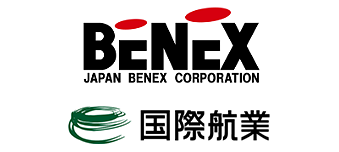

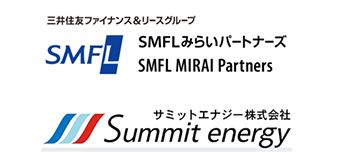

- KYOCERA Communication Systems Co., Ltd. and its logo are trademarks or registered trademarks of KYOCERA Communication Systems Co., Ltd.
- SAIBUGAS HOLDINGS CO., LTD. and its logo are trademarks or registered trademarks of SAIBUGAS HOLDINGS CO., LTD.
- Kokusai Kogyo Co., Ltd. and its logo are trademarks or registered trademarks of Kokusai Kogyo Co., Ltd.
- Daiwa Energy & Infrastructure Co. Ltd. are trademarks or registered trademarks of Daiwa Energy & Infrastructure Co. Ltd.
- RENOVA, Inc. and its logo are trademarks or registered trademarks of RENOVA, Inc.
- SMFL MIRAI Partners Company, Limited and its logo are trademarks or registered trademarks of SMFL MIRAI Partners Company, Limited.
- Summit Energy Corporation and its logo are trademarks or registered trademarks of Summit Energy Corporation.
- All other company names, product names, and service names may be trademarks of their respective companies.



